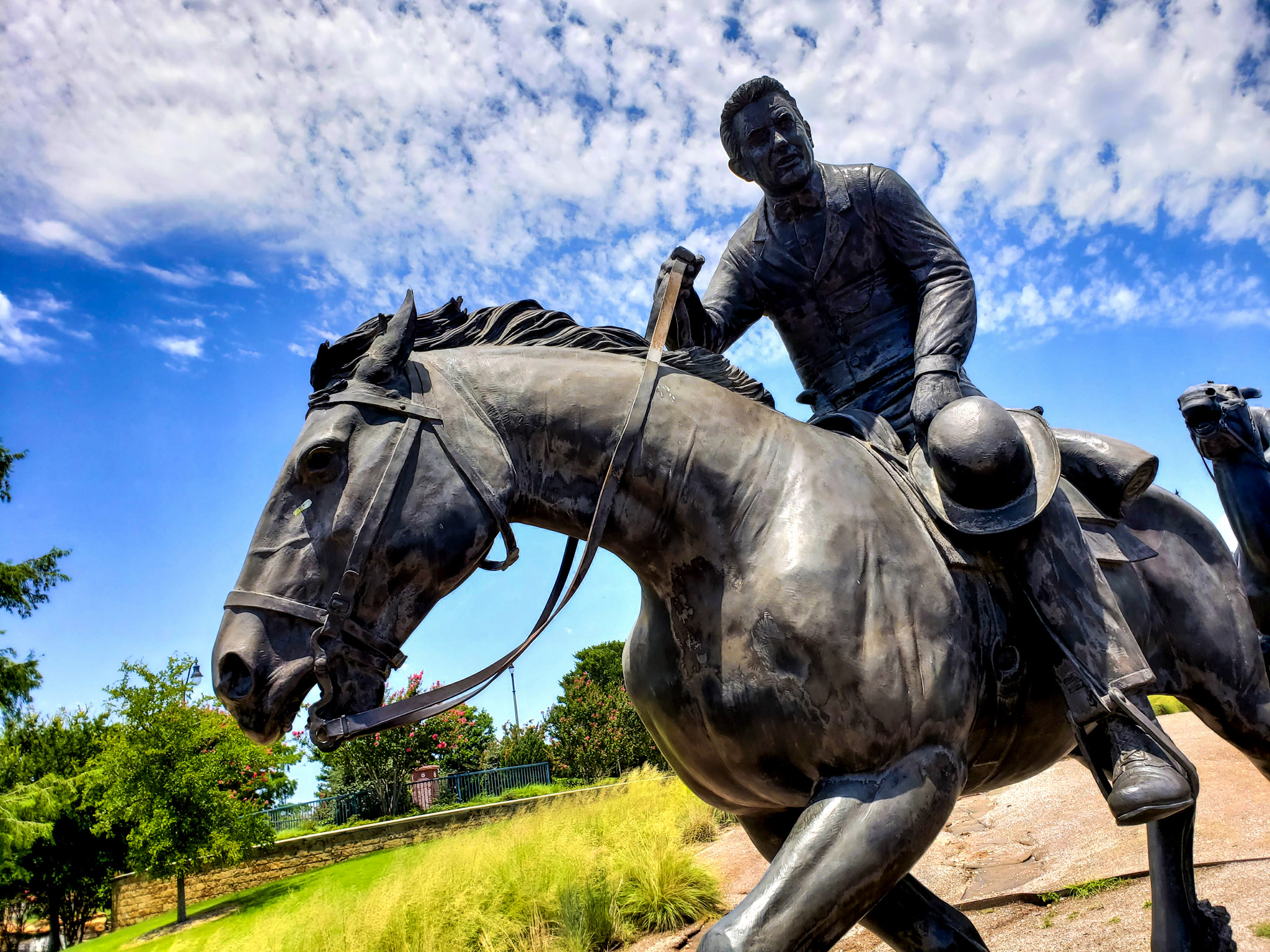For more than a century, the governments of Canada and the United States pursued a policy of forcible removal of indigenous children from their homes and communities. The Truth and Reconciliation Commission of Canada recently released a report on these removal practices, recognizing them to be part of a policy of “cultural genocide.”
On June 14 the Maine Wabanaki-State Child Welfare Truth and Reconciliation Commission released its own official findings on the widespread removal of Wabanaki children in that state. This is not a story unique to Maine or Canada, nor is it a story of the past. These removals occurred throughout the United States and continue today. According to the Maine Wabanaki TRC, indigenous children are five times more likely than non-indigenous children to be removed from their homes. Nationally, there are similar disparities in foster care and adoption rates, leading one United Nations human rights body in 2014 to express “concern over the continued . . . removal of indigenous children through the U.S. child welfare system.”
And in an ongoing class action suit in South Dakota, a federal court recently ordered state officials to stop violating the due process rights of Indian parents and tribes in state child custody proceedings. In some cases, children were taken from their parents in hearings that lasted less than 5 minutes, without any opportunity to present evidence.
In the mid-1900s, other mechanisms beyond the federal boarding school were used to sever a child’s ties with her tribal community, such as the 1958 BIA-sponsored Indian Adoption Project. By 1974, when the U.S. Senate convened a special hearing on the Indian child welfare crisis in this country, 25-35 percent of all indigenous children were being systematically removed from their homes by nontribal public and private agencies. According to Congress, “child welfare agencies failed to recognize the essential tribal relations of Indian people and the culture and social standards prevailing in Indian communities and families.” These findings led to the passage of the 1978 Indian Child Welfare Act (“ICWA”), groundbreaking legislation designed to protect Indigenous children, their families, and tribes. Yet as a matter of practice, the law has been misconstrued, misapplied, and at times completely ignored.
To address these shortcomings, the federal government recently enacted new guidelines and proposed new regulations to ensure nationwide uniformity in the interpretation of ICWA. However, this federal commitment is under attack by some who claim the guidelines do not address the “best interests” of Indian children. But what these legal challenges fail to recognize is that the “best interests of Indian children” is at the heart of ICWA. Congress recognized that there was a need for minimum federal standards to counter abusive child welfare practices and the negative consequences that those practices have on Indigenous children, their families and tribes.
As First Lady Michelle Obama recently noted, “given this history, we shouldn’t be surprised at the challenges that kids in Indian Country are facing today. And we should never forget that we played a role in this. Make no mistake about it – we own this.”
ICWA and its guidelines recognize that indigenous children have a right to maintain their cultural and familial relations, and that tribal governments have a sovereign right to protect their children from wholesale removal. At its core, ICWA is about keeping children with their families and communities, which is why it has been recognized by the Annie E. Casey Foundation and other national child welfare groups as the “gold standard for child welfare policies and practices in the United States.” These aims are consistent with the UN Declaration on the Rights of Indigenous Peoples, which the United States endorsed in 2010. And the aims are as important today as they were forty years ago when ICWA was passed, given the ongoing issues in Maine, South Dakota, and elsewhere in the United States.
Rather than legal challenges, perhaps what we need in the United States is our own national Truth and Reconciliation Commission (using the UN Declaration as a guiding document). As the Maine Wabanaki TRC noted in their Declaration of Intent “important progress has been made with the passage of the ICWA,” but “Maine’s child welfare history continues to impact Wabanaki children and families today. We have come to realize that we must unearth the story of Wabanaki people’s experiences in order to fully uphold the spirit, letter, and intent of ICWA.” Unearthing the stories through a national TRC may be essential for the wellbeing of indigenous children, families, and tribes across the United States. In the meantime, the new guidelines and proposed regulations ensure that state courts and others who are involved in Indian child welfare cases move forward with greater clarity and understanding.
Graham is professor of Law and Co-Director of the International Law Concentration at Suffolk University Law School in Boston and a visiting professor of Law at Harvard Law School. Fort is an attorney with the Indigenous Law and Policy Center at Michigan State University College of Law, and has extensive experience in the field of Indian child welfare.




































